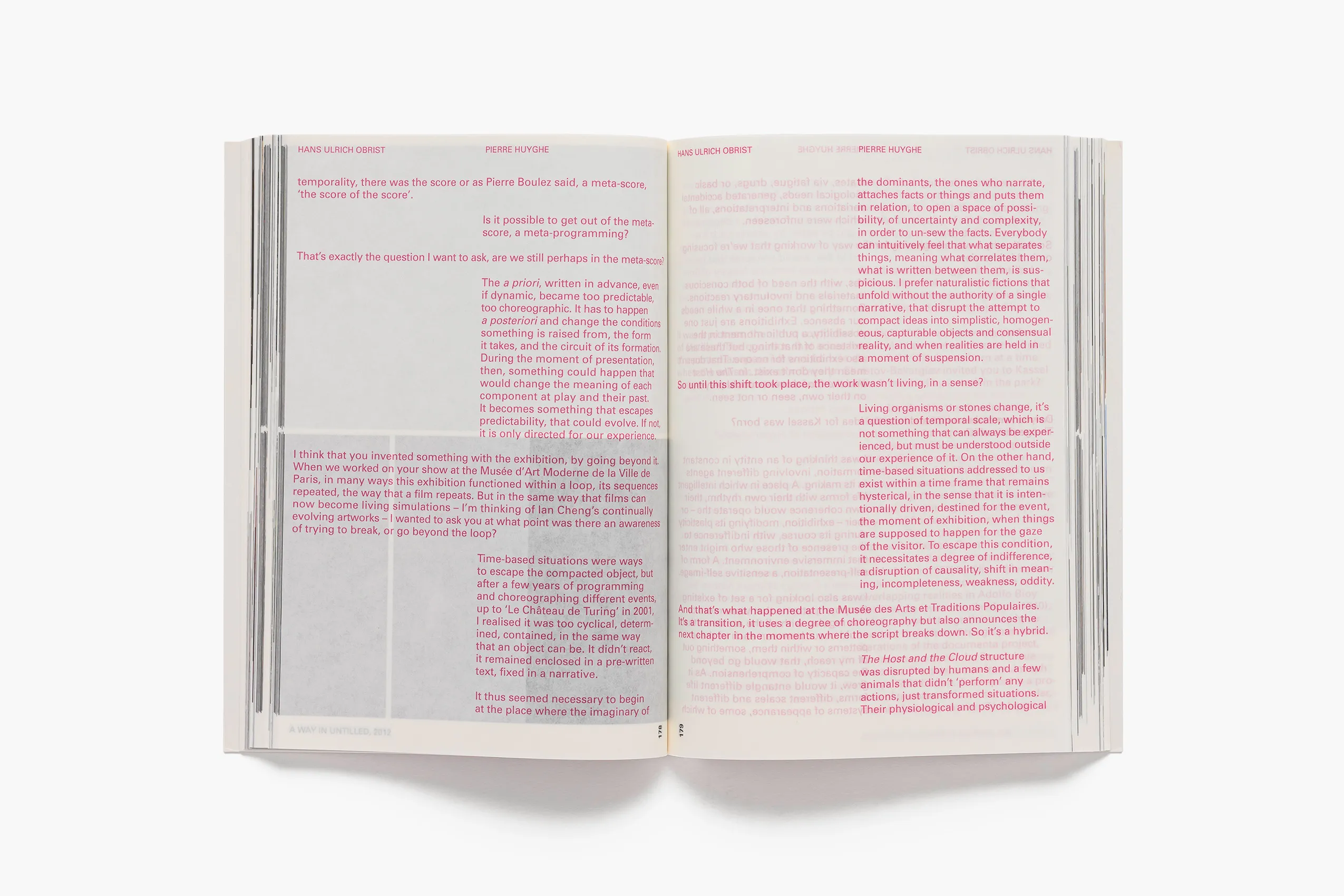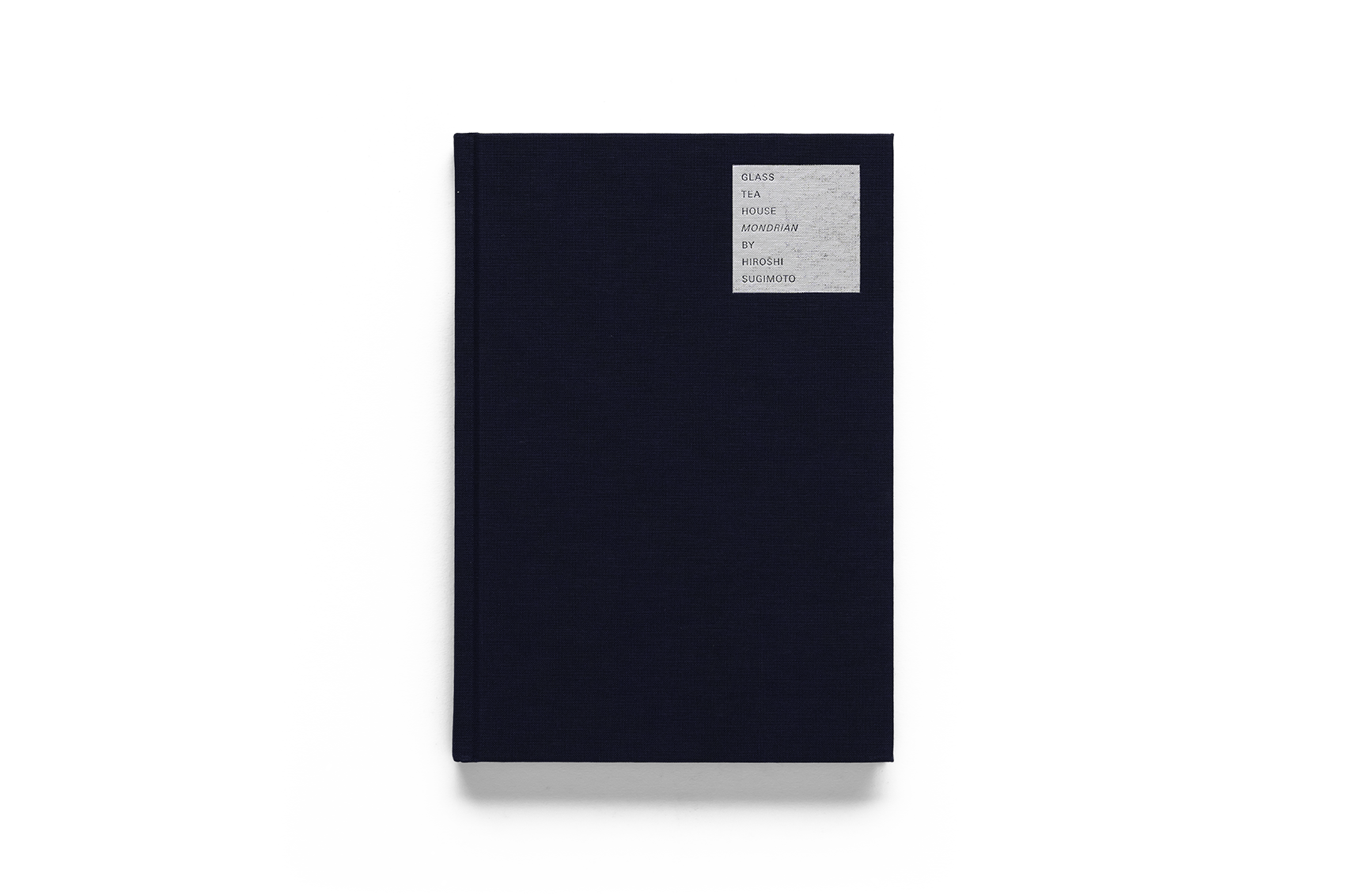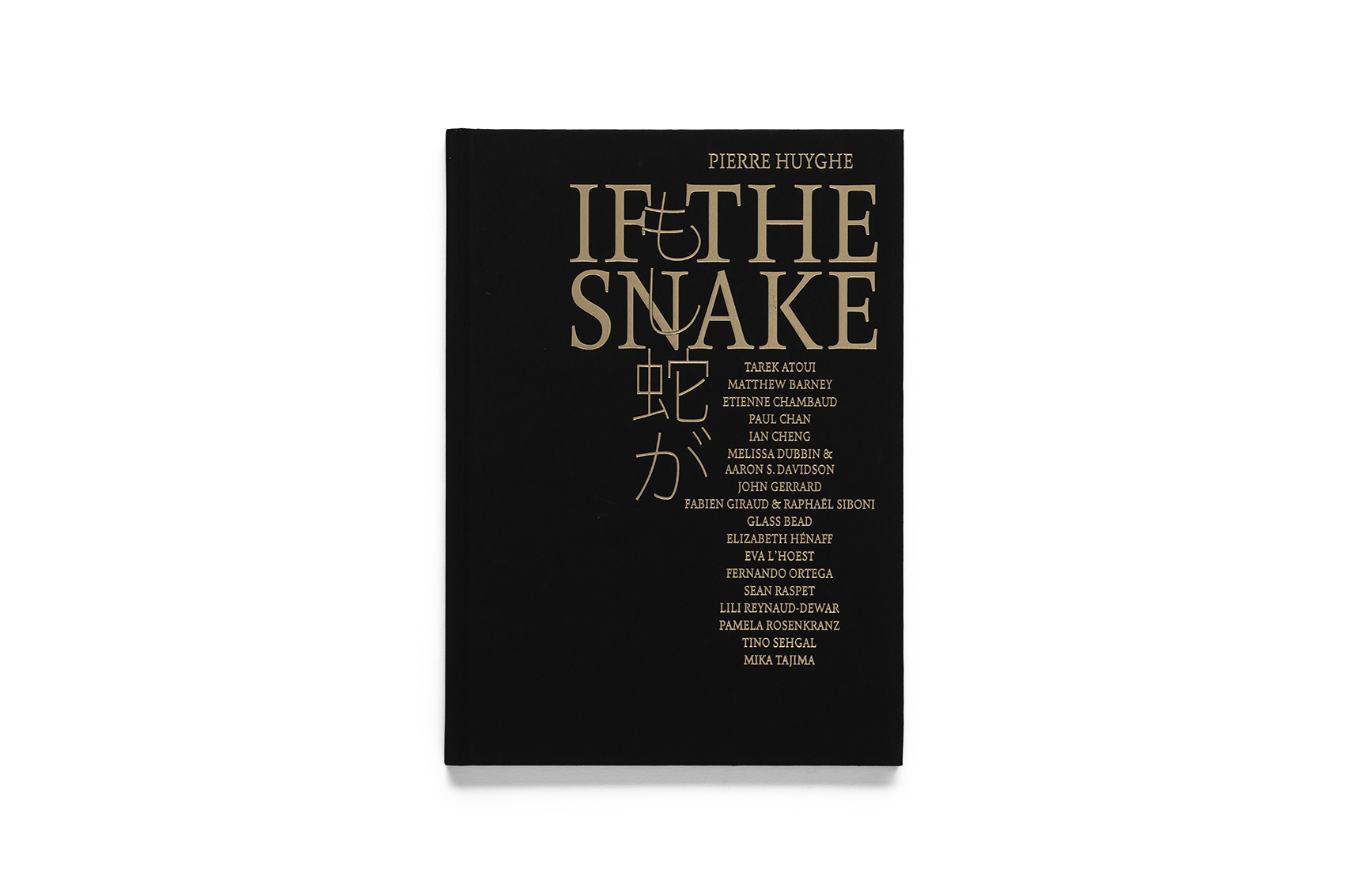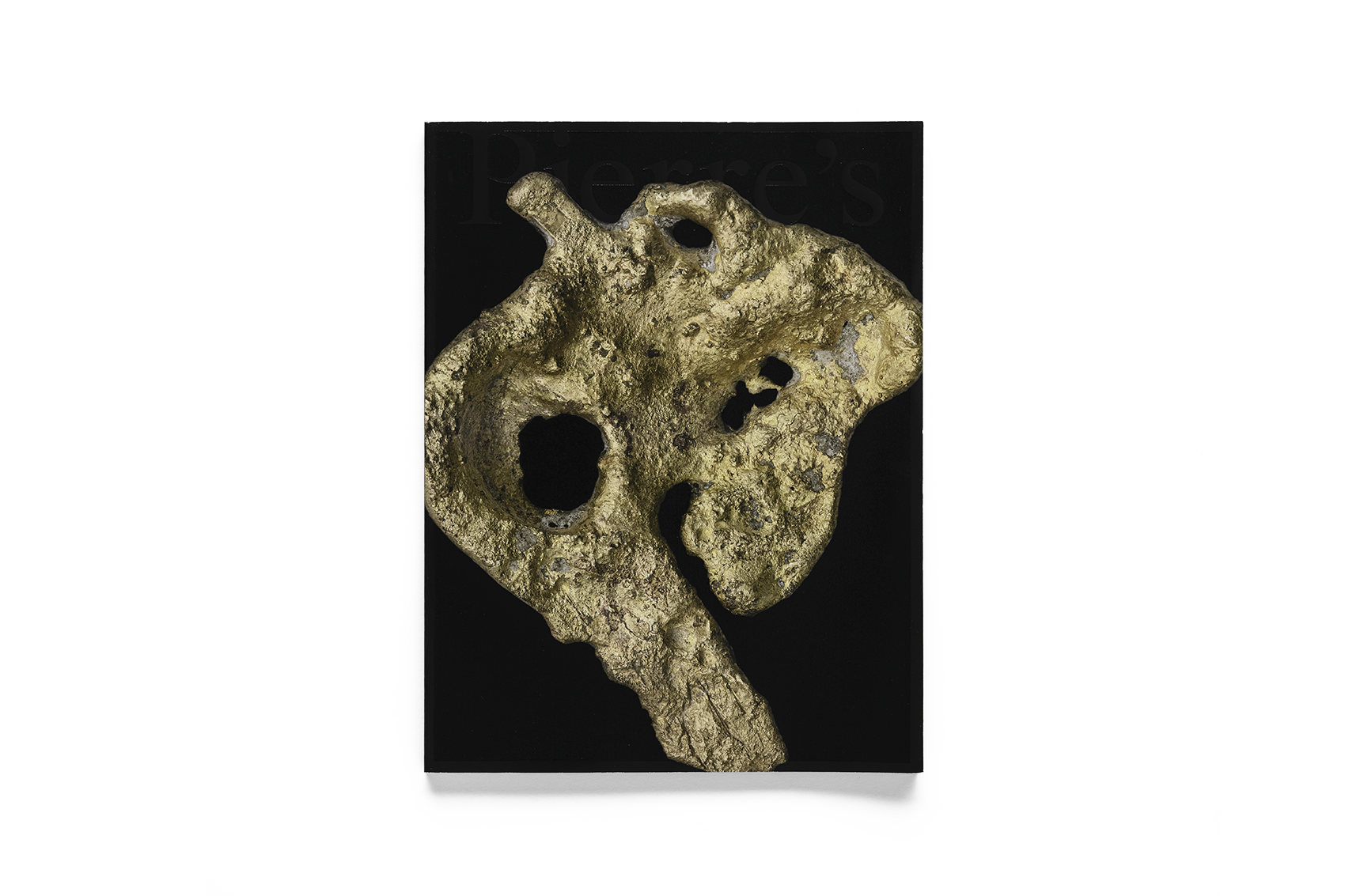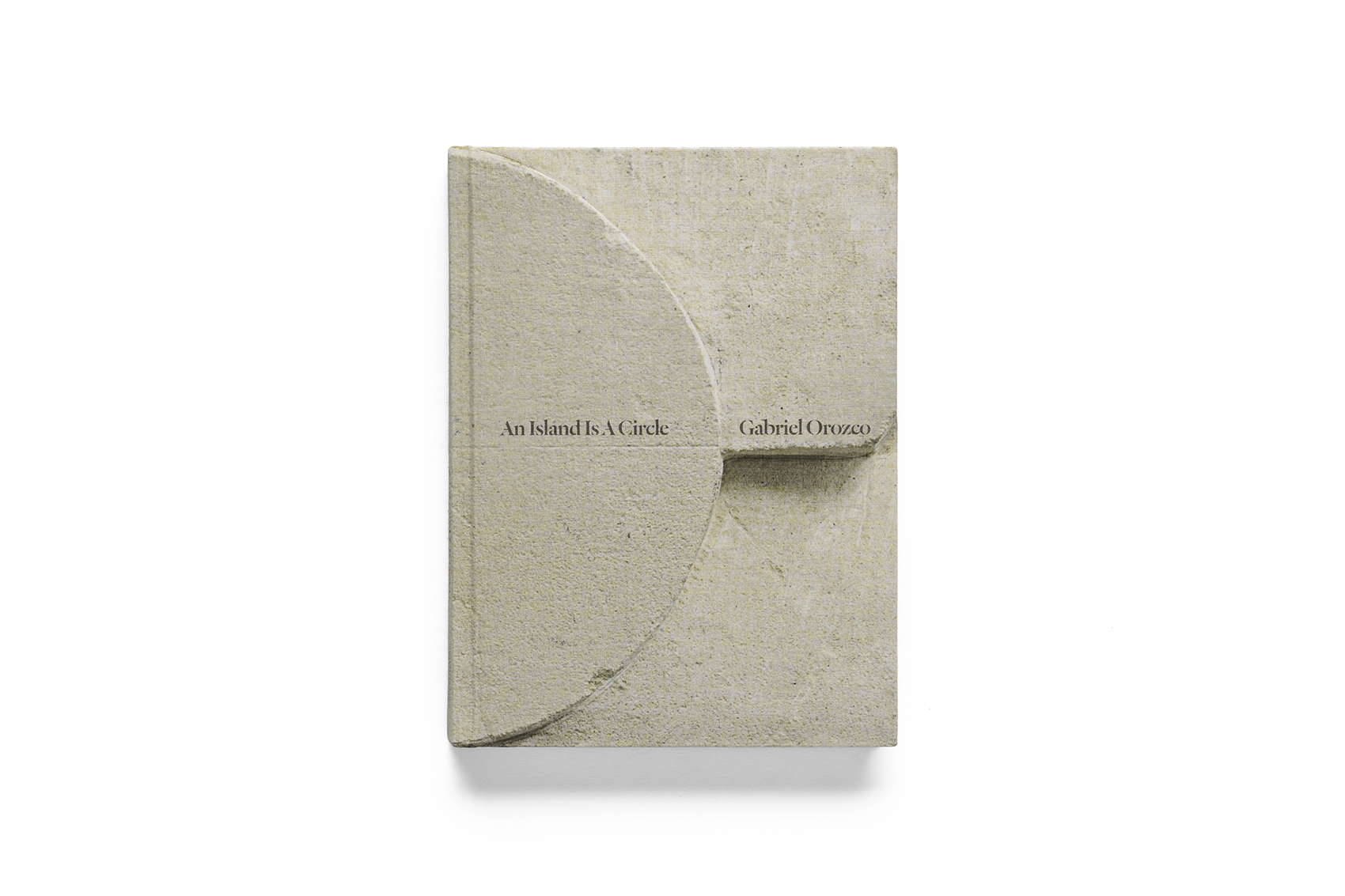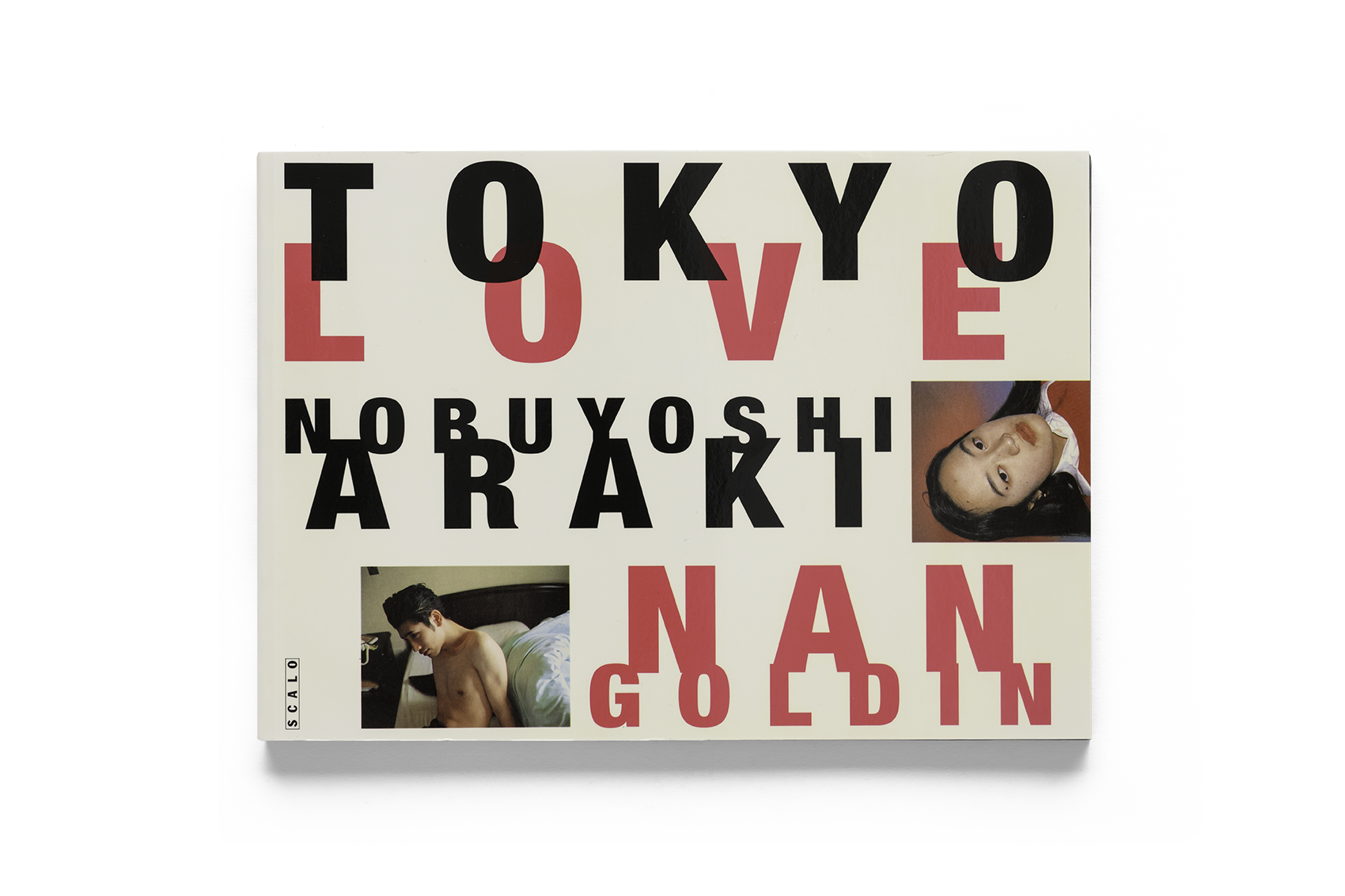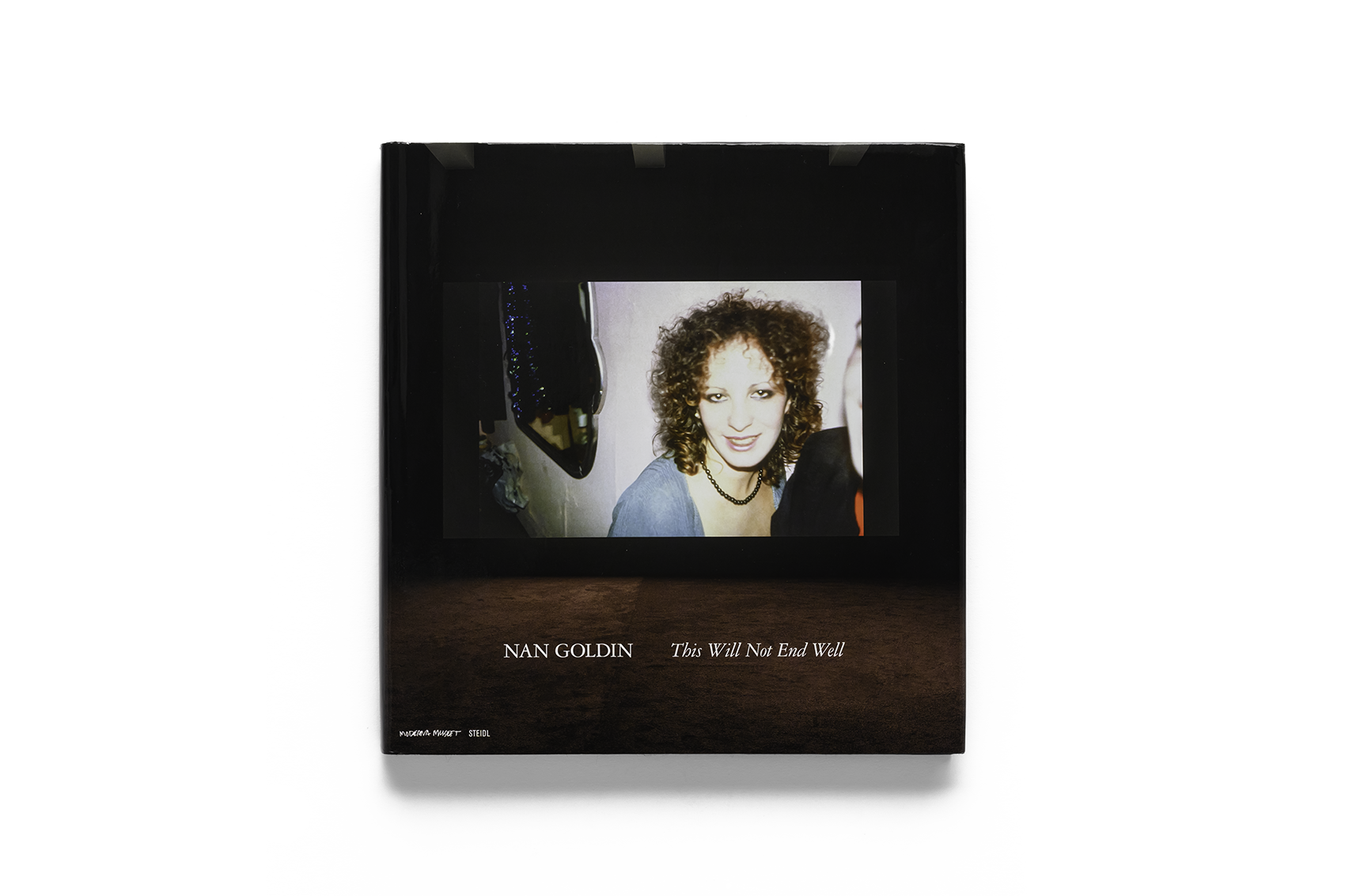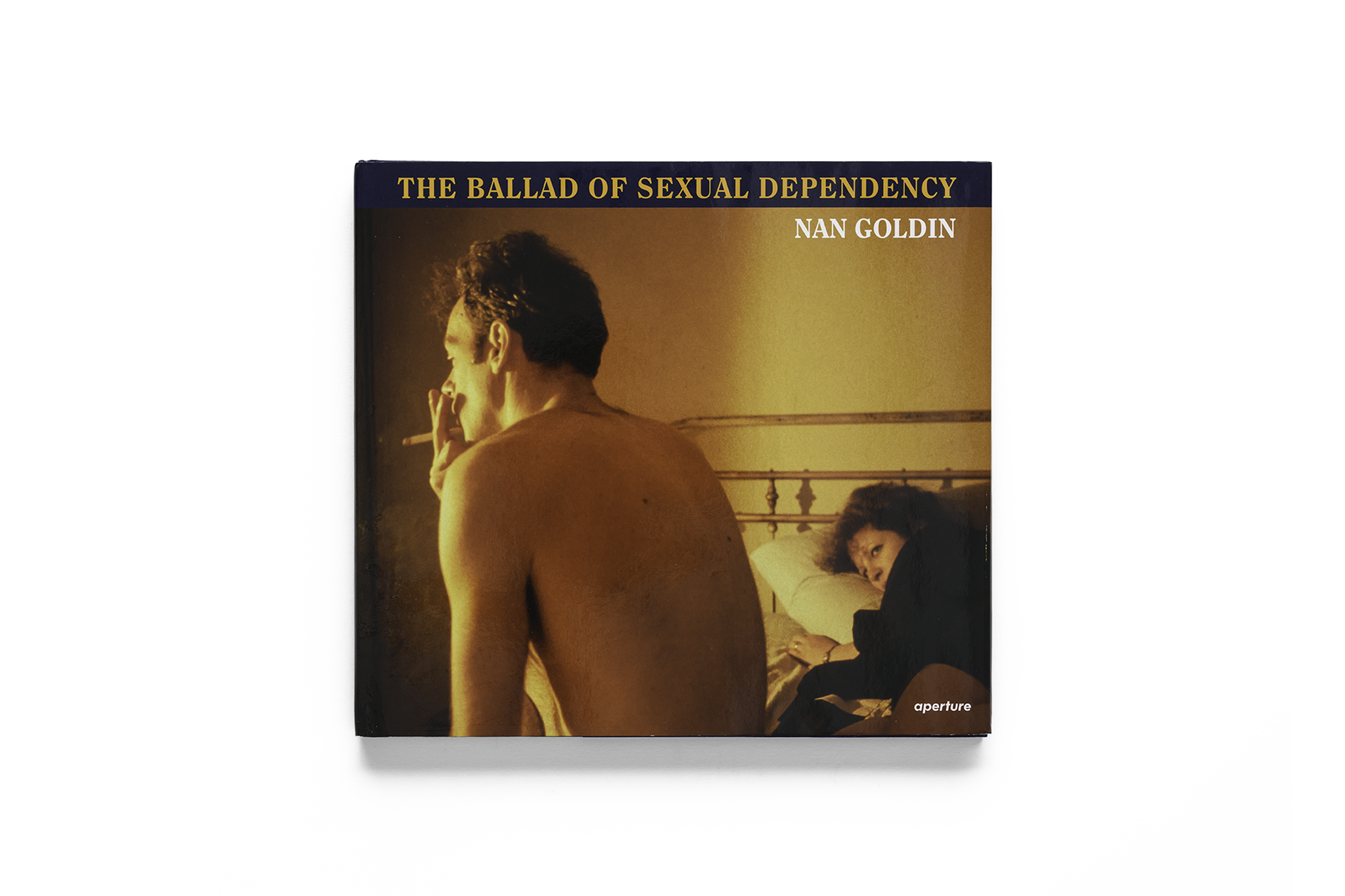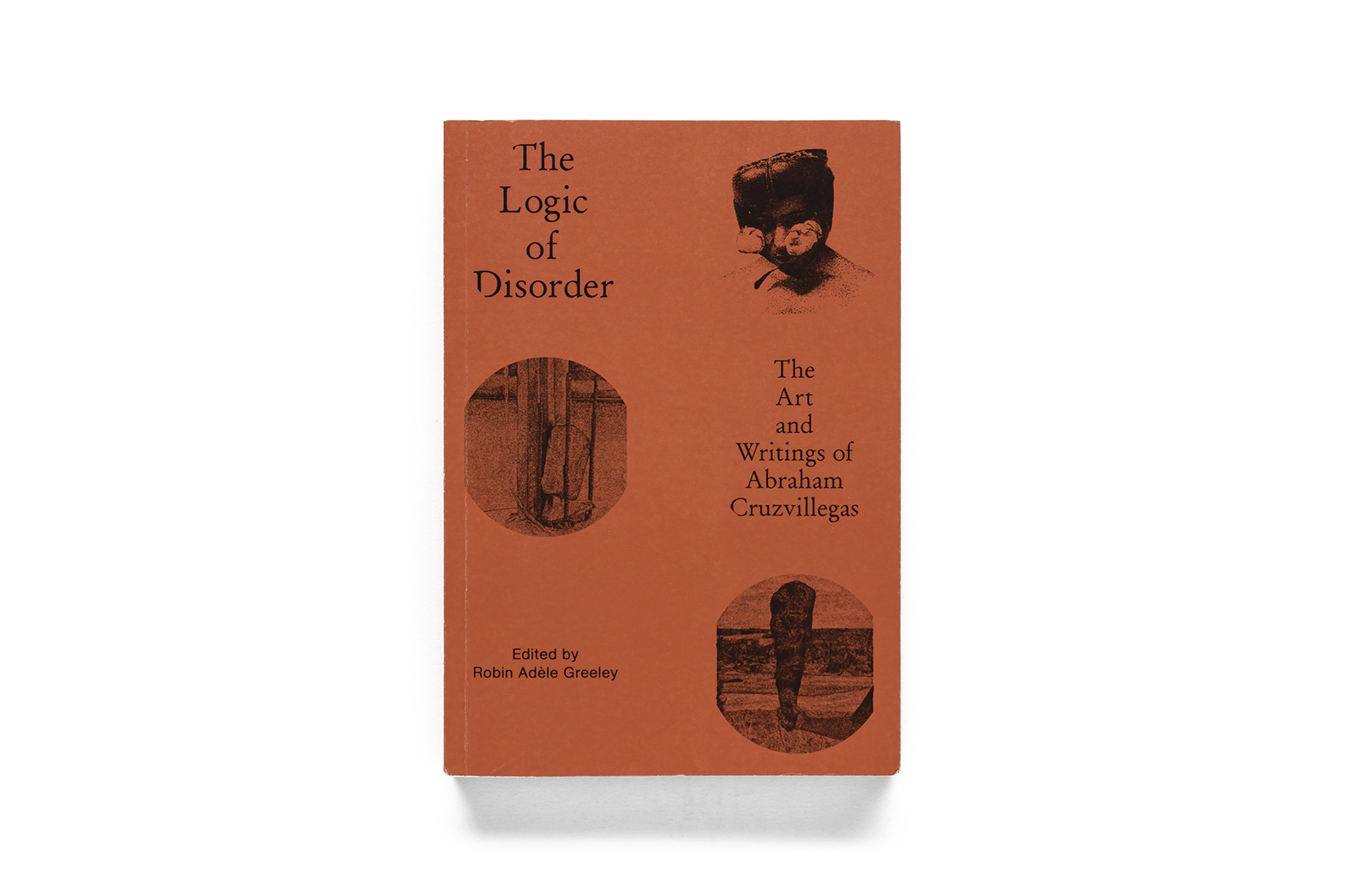
Verlag der Buchhandlung Walther Konig, 2019
Pierre Huyghe at the Serpentine

Verlag der Buchhandlung Walther Konig, 2019
“I don’t want to exhibit something to someone, but rather the reverse: to exhibit someone to something.” - Pierre Huyghe
In 2018, French artist Pierre Huyghe held the solo exhibition UUmwelt at the Serpentine Gallery in London. In this exhibition, the eponymous work UUmwelt was presented through multiple LED screens, displaying images reconstructed by deep neural networks based on the brain activity of viewers. Participants recalled specific images, and their brain activity was captured by an fMRI scanner; this data was then used to generate new visual images, thereby exploring the relationships between humans, animals, and technology. This further highlighted Huyghe’s skill in creating environments that merge living beings, surroundings, technology, and audience behavior, emphasizing the dynamic and unpredictable nature of the work, and constructing an ever-changing ecosystem.
This book not only provides an in-depth analysis of the solo exhibition at the Serpentine Gallery but also includes important works created after 2010, covering nearly a decade. Among them is Untilled, presented by Huyghe at Documenta in Kassel in 2012, which focuses on the dynamic developments between humans and non-humans under the element of time. This work includes a head sculpture covered by a swarm of bees, plants, insects, and a dog with a pink leg. These elements are not fixed or unchanging within the work, but instead develop, grow, and influence one another over time, presenting a constantly transforming, life-filled state.
Created in 2014, Human Mask also fully expresses the connections and boundaries between humans and animals, technology and nature, interpreting the complex relationships among them. This work is a video inspired by the Fukushima nuclear disaster. The protagonist of the film is a monkey wearing a traditional Japanese human mask and dressed in a maid’s outfit, performing repetitive and mechanical actions in an empty restaurant. In human culture, the animal is no longer a “natural” being, but is forced into the world and systems of humans, thereby questioning how these boundaries influence our perception and behavior.
This publication, in addition to documenting the artist’s creative development over the past decade, also includes a dialogue with Hans Ulrich Obrist, Artistic Director of the Serpentine Gallery, as well as discourses by art historian Dorothea von Hantelmann on works created during this period. The paintings, diagrams, floor plans, texts, and reference images in the book also fully present the process of Huyghe’s creation.

